Warts on toes are non-malignant growths that are usually associated with plantar warts. Plantar warts grow on the soles of the feet, and they are caused by human papillomavirus or HPV. This virus dwells in a warm and moist environment and enters through tiny holes, cuts, or scrapes on the skin.
Symptoms and Causes of Warts on Toes
These warts look like small grainy bumps on the skin. They are elevated, and they are usually rough. They may be surrounded by a patch of hard, rough skin. Sometimes the warts have tiny black, brown, or gray dots inside them, which are clotted blood vessels. Plantar warts and warts on the toes can cause pain, especially when walking.
As mentioned above, the cause of these warts is the HPV virus. There are more than 200 types of this virus, and some cause warts on feet and toes.

This virus is contagious and it can pass from one person to another. It can even be passed through shared personal items like towels or socks. The virus can also dwell for a long time in moist and warm environments, like shower floors, changing rooms swimming pools, bathroom stalls, saunas, and similar.
When a person comes in contact with the HPV virus, he or she will not necessarily contract it. Some people have strong immune systems, and they can resist the infection. However, the infection will most likely occur if the virus comes in contact with damaged skin, with cuts and scrapes.
- We inspected the hands and feet of children aged 4 to 12 years from 3 Dutch primary schools for the presence of warts at baseline and after a mean follow-up of 15 months. Parental questionnaires at follow-up provided information on inconvenience caused by warts and any treatments used.
- Of the 1,134 eligible children, 1,099 (97%) participated, of whom 366 (33%) had cutaneous warts at baseline. Among these children with warts, loss to follow-up was 9% and the response rate to the parental questionnaires was 83%. The complete resolution rate was 52 per 100 person-years at risk (95% CI, 44–60).
- Younger age (hazard ratio = 1.1 per year decrease; 95% CI, 1.0–1.2) and non-Caucasian skin type (hazard ratio = 2.0; 95% CI, 1.3–2.9) increased the likelihood of resolution. During follow-up, 38% of children with warts at baseline treated their warts: 18% used over-the-counter treatment only, 15% used a family physician–provided treatment only, and 5% used both.
- Children were more likely to initiate treatment if the warts measured at least 1 cm in diameter (odds ratio = 3.2; 95% CI, 1.9–5.3) and especially if parents reported that the warts caused inconvenience (odds ratio = 38; 95% CI, 16–90).
Removal Methods for Warts on Toes
There are several treatment options for warts on the toes and plantar warts. Some of them are done by a doctor, and some of them include home remedies. However, no treatment can remove the HPV virus from the body, which is a general problem with viruses.
Warts can be removed but the virus can stay in the body even after that. The body’s natural defense mechanism, or the immune system, can fight the virus and kill it, but it needs to be strong.
One of the effective treatments for wart removal is cryotherapy. It uses liquid nitrogen which freezes the wart, which can then be removed. However, this usually requires more than one session.
Laser surgery can be a bit painful and it requires several sessions. In this procedure, the wart is burnt with a laser beam. Warts can also be removed surgically, using an electric needle, which is very effective, but it may leave a scar.
Certain topical medications, like imiquimod, can be quite effective as they release immune system proteins that fight the virus. This medication is FDA-approved, and it is applied directly to the wart.
Cantharidin is a substance obtained from blister beetle, and it is considered to be very effective against warts, especially if combined with salicylic acid. The two agents are applied directly to the wart, which is then covered with a bandage for a while. Then the doctor clips the wart away.
There are many home remedies and techniques against warts, the most popular being duct tape, banana peel, and apple cider vinegar.


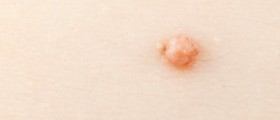

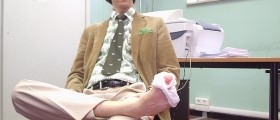
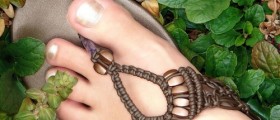
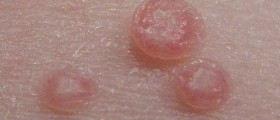
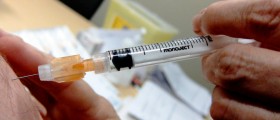

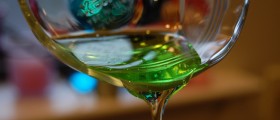


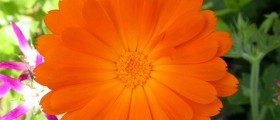
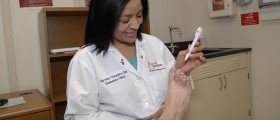

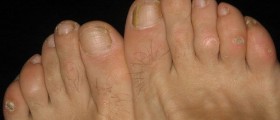

Your thoughts on this
Loading...